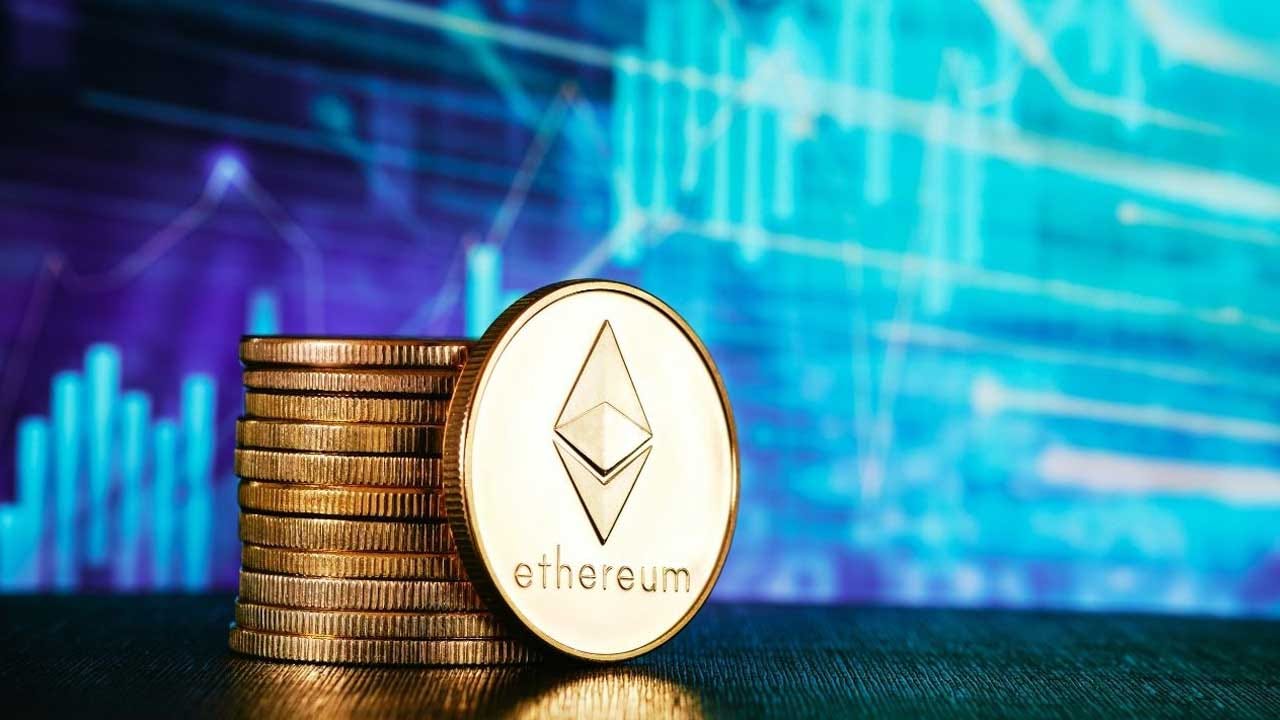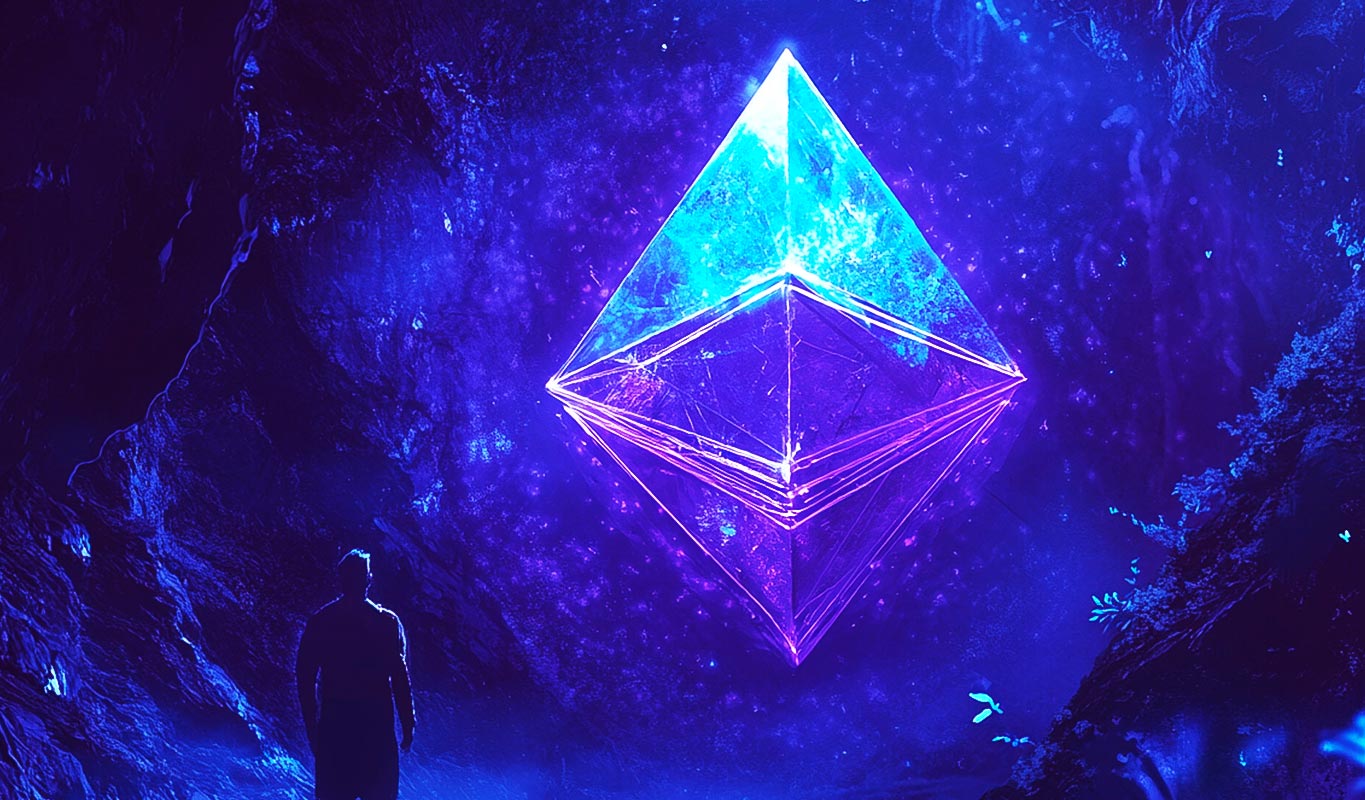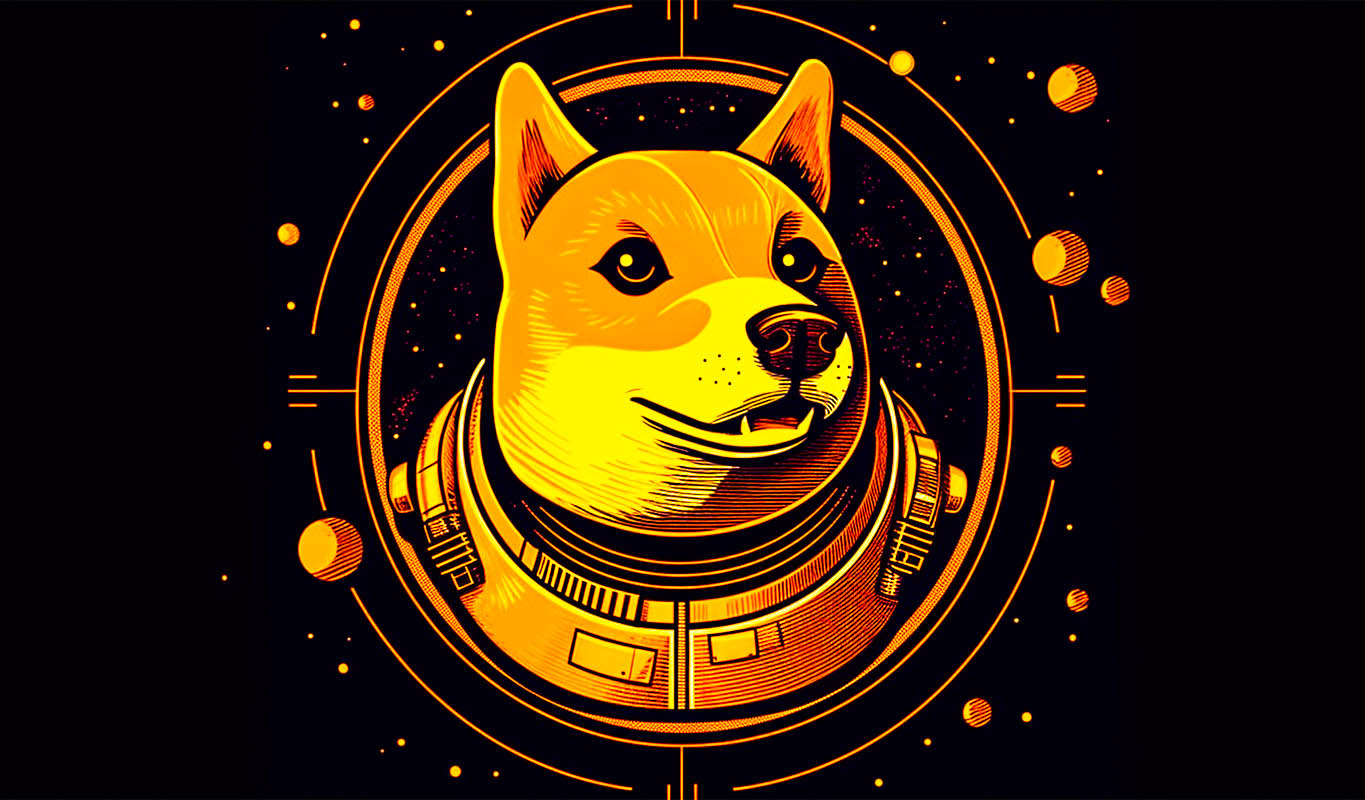
The more cryptocurrencies gain attention, the more misconceptions and wrong ideas people get about them, especially with the two most popular electronic coins in the market, Bitcoin and Ethereum.
You have heard and digested lots of information, especially from the internet, and as a newbie, you might find it difficult to discern the truth from lies (well, maybe not lies, but misinformation).
In this post, I will be talking about some of this “not-so-correct” information you must have heard or read about Ethereum, and I will try to make it as easily understandable as possible.
With thousands of coins available in the market, making the right choice on which crypto investment to take might be tasking. You will have to read lengthy articles from websites and not all of them contain fully genuine information.
Since the launch of Ethereum in 2015, it has gained enough attention, raising it to the second most popular cryptocurrency in the market, following Bitcoin. But do you know how it works?
All cryptocurrencies are created for a purpose, and they all work differently. To know more, you might want to read this article about what is Ethereum and how is it different from Bitcoin.
Ethereum goes beyond just being a cryptocurrency, it extends to being a whole blockchain network that has other crypto projects like NFTs and allows developers to create and run smart contracts.
Without wasting more time, let’s get right to it. Below are the top 3 misconceptions or things people get wrong about Ethereum.
- Ether is only a currency for its Blockchain
- Ether is also decentralized like Bitcoin
- Ether is a store of value
We already know cryptocurrencies are built to operate on blockchain networks. For example, the most popular crypto in the world, Bitcoin has its blockchain and doesn’t depend on others.
Even though Ethereum also is a blockchain and has its native coin ETH, it, however, operates differently from Bitcoin’s blockchain in several ways. The Ethereum blockchain offers more than the Bitcoin blockchain. It gives developers the opportunity to build decentralized apps (dApps) and smart contracts. There are over 2,855 dApps available on the Ethereum blockchain and a good example of one is Uniswap, NFT games.
The native token ETH is required to cover transaction fees that come with making use of the Ethereum network. In this sense, it is understood that Ethereum is a currency that grants monetary access to these decentralized apps and ETH is not widely accepted as a currency outside the Ethereum blockchain.
It may not be entirely true that Ether (the native token for the Ethereum network) is fully decentralized just like Bitcoin. There is indeed no central body that regulates or issues the Ether tokens, but that is not to say it is fully decentralized.
On the surface, when doing your research, you will come across sentences like “ Ethereum is decentralized” but some big investors like Brad Mills (a podcast host) have something different to say. He laid down an analysis that proves different from the general notion.
Check out Mill’s analysis on his Medium post.
Let’s go with the easy-to-understand version of Mill’s analysis to get an insight into what he is saying.
Mill’s main argument about the Ethereum network is that it is set up in a way that it will refurbish the Wall Street-style financial structures on a blockchain network. He referred to the Compound (COMP) token, saying that only around 100 people control the majority of the token, about 96%, even though it appears like there are tens of thousands of holders.
Just heard Olaf Carlson-Wee claim that COMP is succeeding because it’s governed by tens of thousands of holders!
This is why @RealVision needs more informed interviewers to challenge these sales pitches.
Top 100 holders have 96% of all COMP. Polychain is a seed investor in COMP pic.twitter.com/BXkO0sCRMQ
– Brad Mills (????,????) (@bradmillscan) March 22, 2021
Vitalik Buterin, the founder of Ethereum, still holds some kind of influence over the development of the network, so also do several development teams like the Ethereum team, Gitcoin team, and Uniswap.
At this point, it is ok to say that the level of decentralization of ETH is quite different from that of Bitcoin.
It could be argued that the main function of the Ethereum blockchain is to run dApps, however, some general misconceptions are “Ethereum is a store of value”.
ETH has been called “digital oil” rather than “digital gold” because ETH is required to interact with decentralized apps in form of gas. If we are to compare it to real life, oil is seen as a commodity and not a store of value. This should be the easiest-to-understand description we can use for it.
Ether fits better in this framework better than Bitcoin, which is often referred to as “digital gold.” This doesn’t take away the fact that ETH or the Ethereum network is not valuable, it just shows that Ethereum and Bitcoin are quite different, it is something more flexible and perhaps more valuable to a user depending on what they want and also what they are comfortable having in their portfolio.
Ethereum blockchain is a very valuable network with extra attention drawn to it since the announcement and completion of the Ethereum Merge, which sees it shifting from proof-of-work to a proof-of-stake mechanism.
So people generally get misconceptions that Ethereum that it is fully decentralized, it is just a cryptocurrency for its blockchain, and it is a store of value.
Lots of Ethereum activities in the market are influenced by a handful of people who are no legal authorities, but they hold great influence over what happens in the market, so it is not fully decentralized.
ETH is still in its early stage, but with this information, it is clear to see Ethereum more as a digital oil than physical gold.
Finally, Ethereum is not a store of value because, with or without price, the network still functions the way it does.
Disclaimer: The views and opinion expressed in this article are solely of the author of the post and is in no way a recommendation or a general view of 36crypto. Whatever you do with the information provided in the post is at your discretion.
Do you enjoy reading these kinds of content we bring you regularly? If yes, please click on the “Clap” button and increase the chances of others seeing this post and learning about it.
You can clap as much as 50 times. What are you waiting for? Just hit that clap button right away. Thank you for reading.







